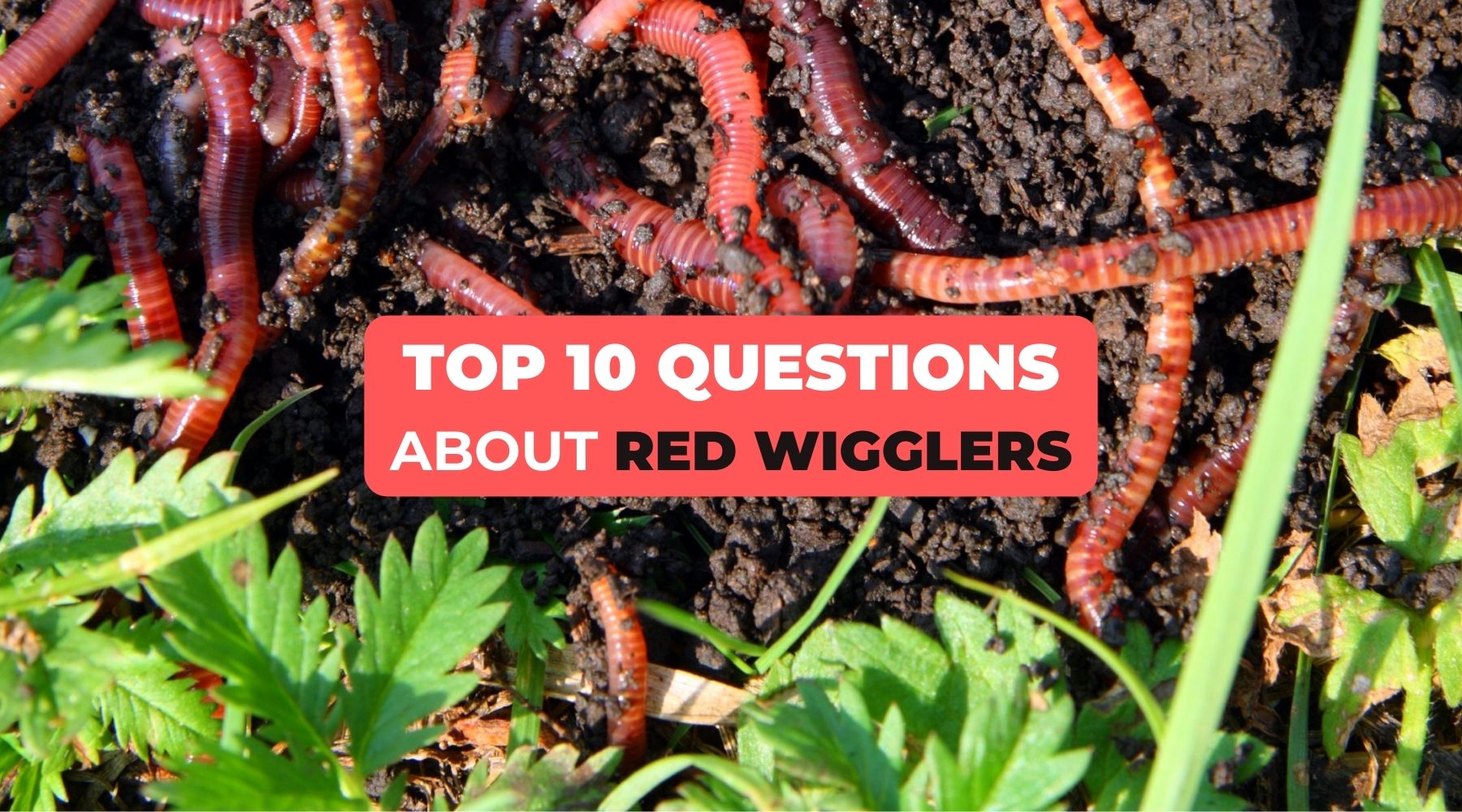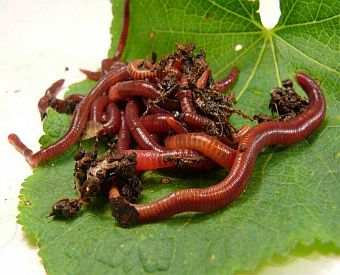The smart Trick of Red Wiggler Express That Nobody is Talking About
Table of ContentsThe 15-Second Trick For Red Wiggler ExpressThe Greatest Guide To Red Wiggler ExpressThe Main Principles Of Red Wiggler Express Not known Incorrect Statements About Red Wiggler Express Some Known Details About Red Wiggler Express
It's secure to state this stuff would have been fantastic to include as a to vermicomposting systems! And the thriving Red Worm population? It simply never ever happened. Even in the load that was established directly in front of backyard composters with existing Red Worm nests. These nutritionally-boosted timber chip habitats are absolutely packed with Lumbricus sp.
Lots of varieties, consisting of Red Wigglers, European Nightcrawlers, and Lumbricus varieties were brought over from the European continent. However below's the thingNative or not - and as skilled as they go to being able to endure in a wide-range of settings and problems -. To put it simply, they are much more likely to hang around in any type of energetic composting systems you have actually established up, than they are to stroll off and begin destroying the atmosphere.
Roots require oxygen for respiration and rely upon smooth air flow within the soil to thrive. When it rains, soil can come to be saturated with water, minimizing the oxygen offered and hindering vitamins and mineral absorption. To keep an ideal balance, the dirt needs to enable water to drain pipes sufficiently, leaving sufficient room for air to support root health
The 10-Minute Rule for Red Wiggler Express

When it concerns worms for composting, what comes to mind? If you were an earthworm breeder, dealership, or simple garden enthusiast, after that you 'd understand that red wiggler worms are the ideal worms for vermicomposting. To find out more concerning these planet marvels, reviewed a few of the red worm truths below.
(https://bluebook-directory.com/gosearch.php?q=Red+Wiggler+Express)If they extend their bodies, you'll be able to see the red stripes on their skin. When elevating worms such as red wiggler worms, you must have the ability to understand exactly how to profit them. When you're able to maintain and look after their environment well, and additionally feed them the right kinds of natural wastes, after that they'll have the ability to produce nutrient-packed and quality-rich worm castings for you (additionally called worm poop or compost).
The Of Red Wiggler Express
What do worms consume? Well, these red wriggler worms can be fed with kitchen area scraps and garden wastes. Any kind of rotting natural stuff will certainly do like vegetable and fruit peels, smashed egg shells, made use of tea bags, coffee grounds, yard clippings, completely dry leaves, and others. Yet make certain not to feed them foods items that are oily, citrusy, or has meat or dairy in them. Worm Farms Near Me.

This actions makes them well-suited for life in worm containers, garden compost stacks, and various other confined rooms where natural waste is abundant. Developing an optimum setting for red wigglers needs a thoughtful technique. Take into consideration the adhering to essential components to take care of red wigglers in the house and ensure their wellness: Utilize a bed linen of shredded newspaper or cardboard.

Add a handful of dry, shredded newspaper if the container comes to be as well wet. Certainly, they do! Red wiggler worms recreate by laying tiny, lemon-shaped eggs in safety cocoons. These cocoons are generally transferred in the bed linen and hatch into child worms within a couple of weeks. The fast reproduction cycle of red wigglers is one of the factors they are preferred for vermicomposting.
Everything about Red Wiggler Express
Their versatility and resilience have made them a preferred option for vermicomposting in numerous regions worldwide. Yes! They can survive from a variety of 32F to 90F. They are super versatile pests. Think about safety steps for really extreme temperature levels such as: Insulating the worm container with layers of straw or leaves.

When caring for your red wigglers it is necessary to bear in mind to: 1) K.I.S.S (Keep it Simple) and 2) whatever in small amounts. These regulations put on feeding your compost worms, watering your worm containers, and almost everything else entailed in taking care of them. Just keep in mind - you can constantly include even more food later (but it's tough to remove feed once it's been added to a container!).
Since I fed the red wigglers and compost worms also a lot, they weren't able to keep up and over time the older food went leftover and produced anaerobic problems that killed the worms. Below're the 6 golden policies for exactly how often and exactly how much to feed your worms: Rule # 1: Moderation!
The Single Strategy To Use For Red Wiggler Express
Uneaten food will cause anaerobic problems that will certainly eliminate your real-time worms. It is ok to sprinkle a little of their original bedding (which ought to currently remain in the container) over the food, yet the food should never be buried and ought to be visible to your eye. Policy # 5: See regulation # 1! Regulation # 6: After the first feeding, feed the worms 1/3 to 1/2 of their weight.